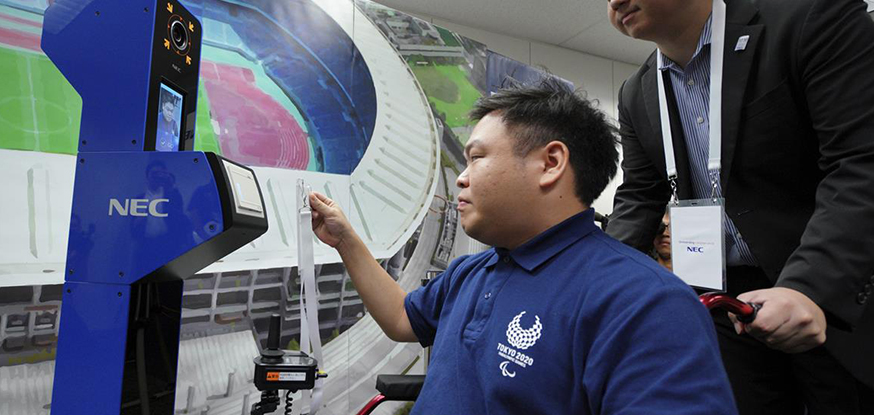The Tokyo 2020 Olympic Games will deploy a high-speed facial recognition system for all 300,000 athletes, staff members and journalists. It is an unprecedented initiative in the history of the Olympics that aims to improve safety and efficiency.
This system developed by the Japanese group NEC and presented in Tokyo, will be installed at the entrance of the 43 sites of the competition, the Olympic Village and press centers, but won’t be applicable to spectators.
"This is the first time facial recognition will be deployed for all accredited people on all sites," said Tsuyoshi Iwashita, head of security for the Olympics. The main objective is to strengthen security and facilitate mobility between different locations, which will be dispersed through the Japanese megacity, he explained.
The group of computer equipment and telecommunications NEC pointed out that facial recognition, which consists of confirming the identity by comparing the user's face with the pre-registered photo stored in the chip of his badge, will allow to avoid "any fraudulent entry" via the use of a stolen or fake card.
It will take only 0.3 seconds for the system to perform verification, a speed unmatched anywhere in the world, said Masaaki Suganuma, vice president of the company.
The tests carried out showed that facial recognition would allow 2.5 times faster control than the traditional procedures limited to barcodes and visual controls used during previous Olympic Games.
The system will thus guarantee "quick entrance that will be necessary in the intense summer heat," NEC added, while weather conditions are often unbearable during July and August in the archipelago, with temperatures between 35 and nearly 40 degrees in the shade and humidity of more than 80%.

